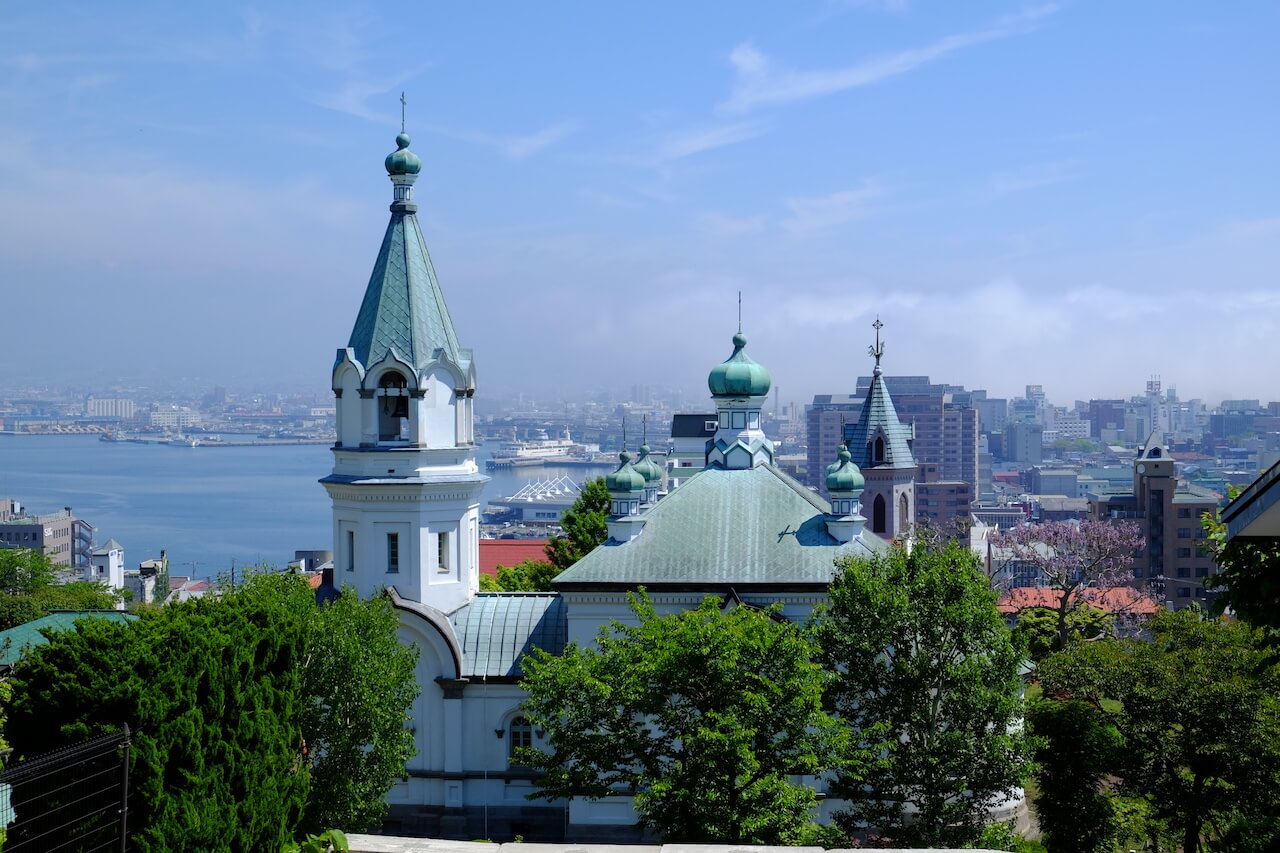
Hakodate is one of Japan’s most underrated cities. As the first port to be opened for foreign trade in 1854, the city boasts a distinctly international flavor: those early years of trade with countries such as England, Holland, and Russia led to many international settlers erecting Western-style buildings and churches. These still feature prominently throughout Hakodate and are protected as historical buildings through an urban planning decree issued in 2008. Moreover, this distinct cityscape is enhanced naturally by Hakodate’s geographical location, as it is enclosed by the sea and features several slopes. It is from atop these slopes you can enjoy some eye-catching views, featuring modern residential housing interspersed with old European-style architecture, accented by a background that features both the ocean and mountains. It is a scene unique to Hakodate, shaped both by nature and history – one that only gets better if you happen to catch it during a gorgeous sunset or at night. The two most famous photo spots in the city are Hachiman-Zaka Slope and the observation platform atop Mt. Hakodate. While the former allows you to capture a beautiful picture looking down at the city and into Hakodate Bay, the latter gives you the opportunity for a truly spectacular night shot. In fact, Mt. Hakodate has been named among Honk Kong and Naples as one of the three best night views in the world. Featuring a unique blend of architecture that can make you feel like you are back in Japan’s Meiji Period as well as modern buildings, Hakodate is truly “Instagenic”. In this article, we will showcase the absolute best spots to get that perfect shot, so grab your camera and enjoy the ride.
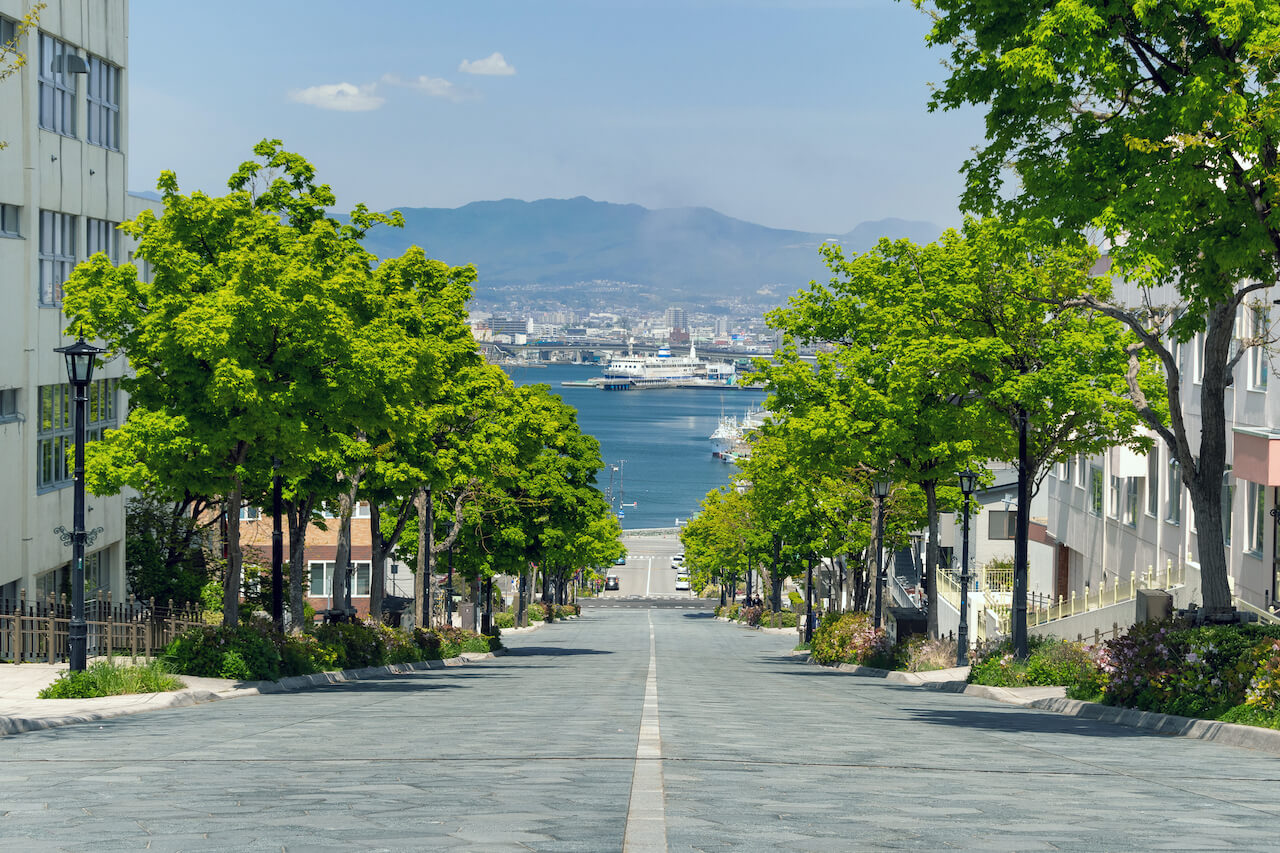
Hachiman-Zaka Slope
The Hachiman-Zaka Slope stretches from the Kanamori Red Brick Warehouse at the waterfront up to the food of Mt. Hakodate. On a good day, it is possible to see everything from the quaint cobblestone roads in front of you all the way to across Hakodate Bay. On the bay, a distinct boat called the Mashumaru might catch your eye – it is a ferry-turned-museum commemorating the now-defunct service between Aomori and Hakodate. While Hakodate is known for its many hills and slopes, the Hachiman-Zaka Slope definitely stands out for the great views it provides. Don’t be surprised to see film crews around the area, as it is a popular spot to shoot commercials, as well as television shows and movies.
19 Suehirocho, Hakodate, Hokkaido
https://www.hakodate.travel/en/
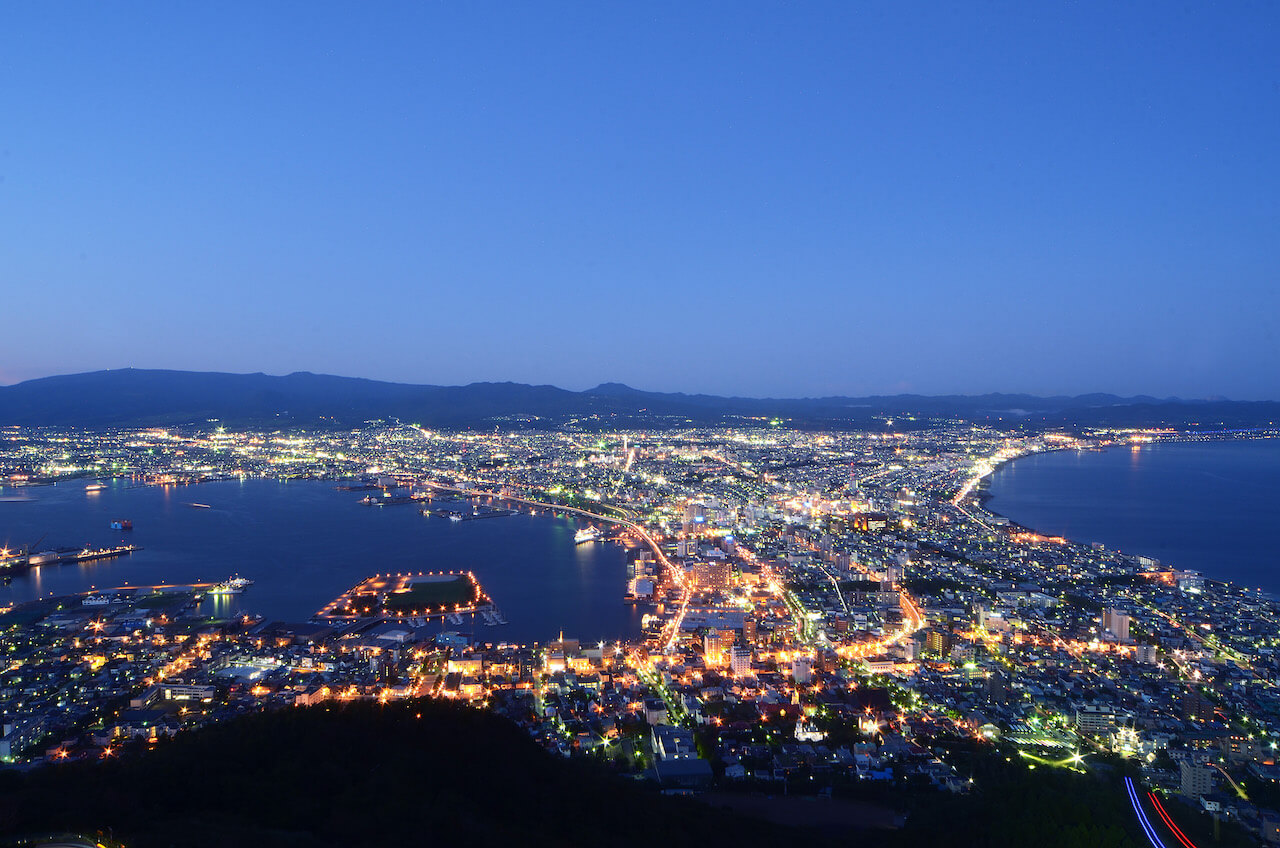
Mt. Hakodate
At 334 meters tall, Mt. Hakodate provides the perfect vantage point for sweeping views of the city, bay, and the surrounding mountains. Using the ropeway from the foot, it only takes about 3 minutes to get to the observation platform at the top. The view is especially pronounced at night when the city lights surrounded by the blackness of the Tsugaru Strait to the right and Hakodate Bay to the left create a scene that cannot be seen anywhere else. This unique contrast is one of the reasons the spot was named among the three best night views in the world.
19-7 Motomachi, Hakodate, Hokkaido
https://334.co.jp/en/
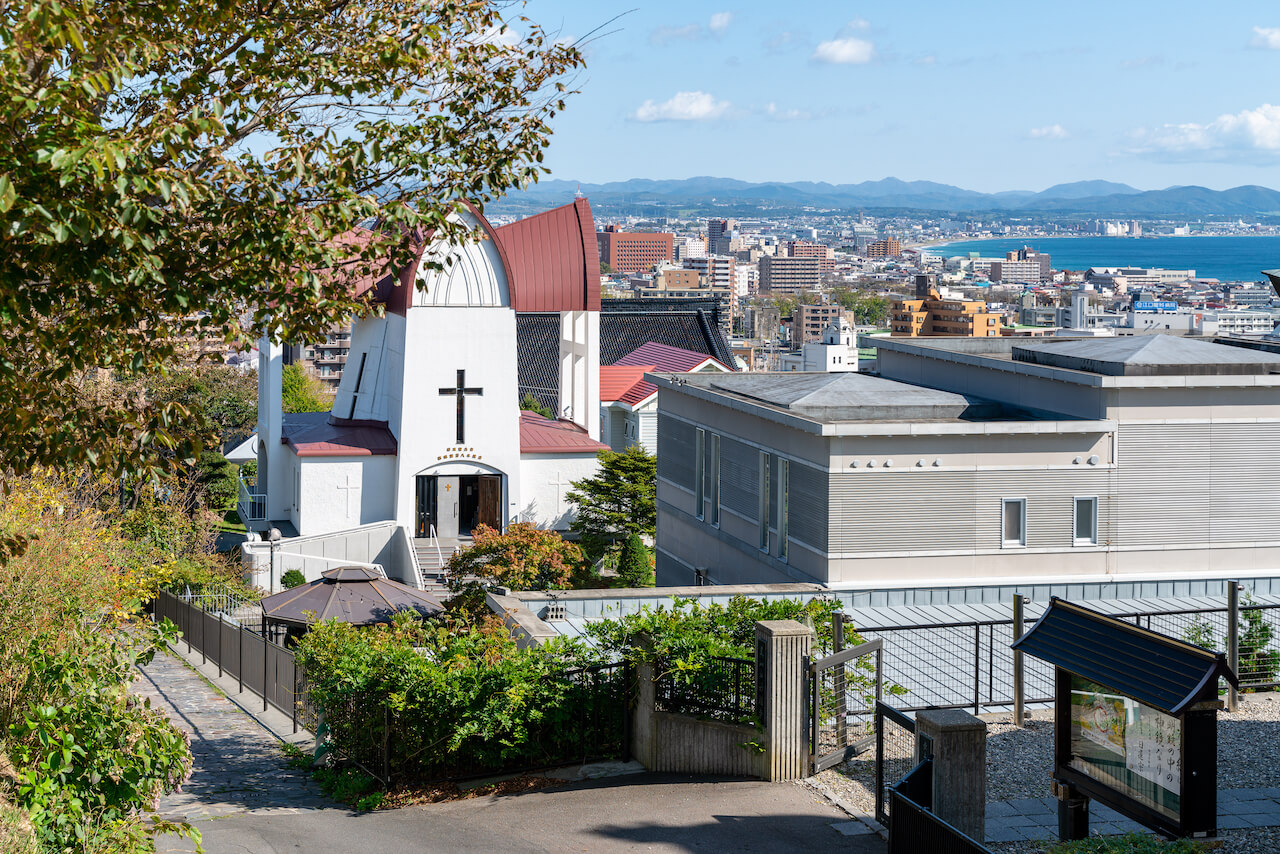
Chachanobori
About ten minutes by foot from the Jujigai tram station, Chachanobori is another slope that affords a spectacular view of Hakodate from the top. The word chacha comes from the Ainu language of Hokkaido’s natives and means “old man” – an homage to the way people look when climbing this steep slope. The cobblestone road is about as narrow as a car’s width but features several unique buildings. Especially of note are the numerous examples of Byzantine architecture, including the Hakodate Orthodox Church, known for its distinct green roof. On the other hand, St. John’s Church Hakodate is more modern, featuring four curved arches in the shape of a cross.
3-3 Motomachi, Hakodate, Hokkaido
https://www.hakodate.travel/en/
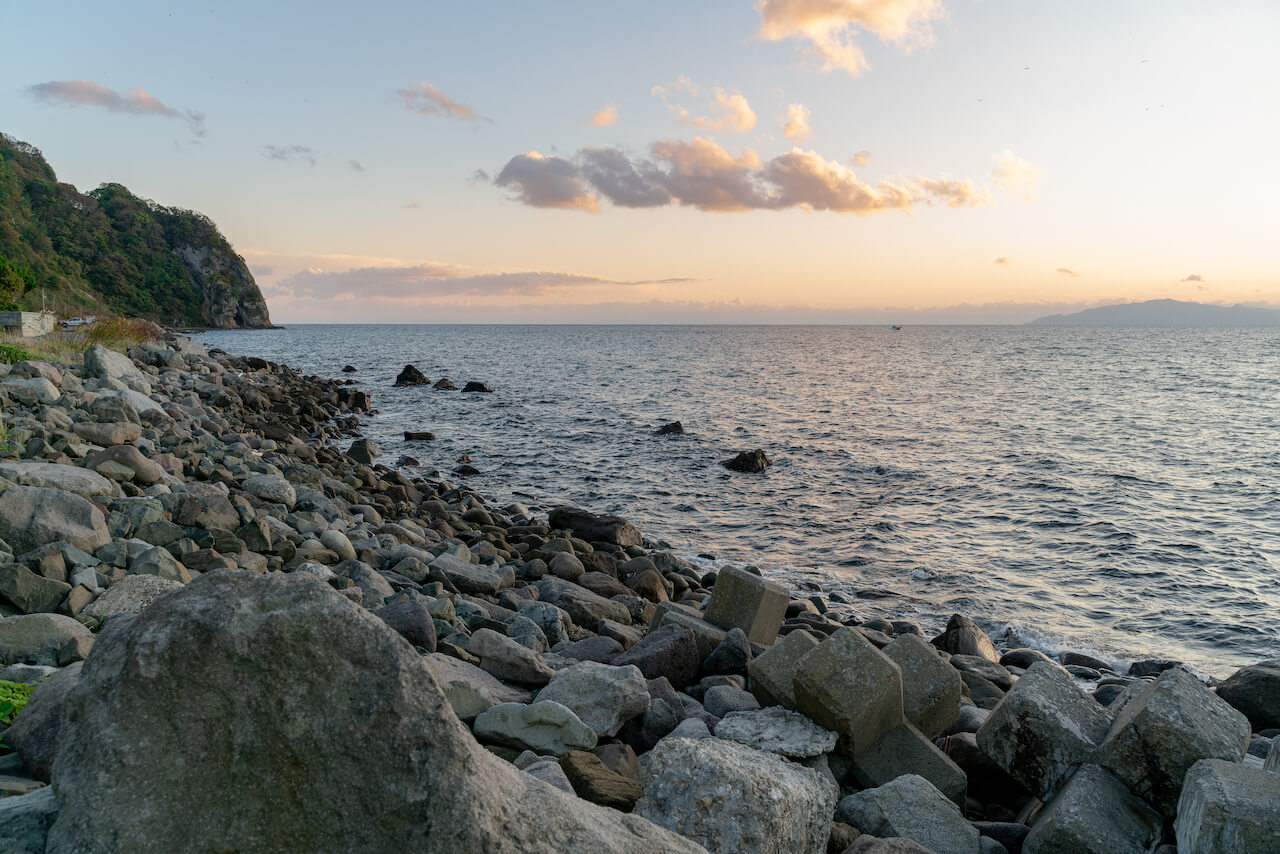
Anama-Coast
“If you want to experience a truly spectacular sunset, you have to go to Anama Coast” – don’t be surprised to hear this recommendation a lot from Hakodate locals. To get there, take bus 9 or 43 to Funamicho and walk about 15 minutes down the road to the Foreign Cemetery. From there, turn towards the ocean and down the gravel road to arrive at the picturesque Anama Coast. On a perfect day, you will be able to marvel at the sky turning different shapes of magenta above the sea. And if you are really lucky, you might even spot a pod of dolphins in the water!
Irifunacho, Hakodate, Hokkaido
https://www.hakodate.travel/en/
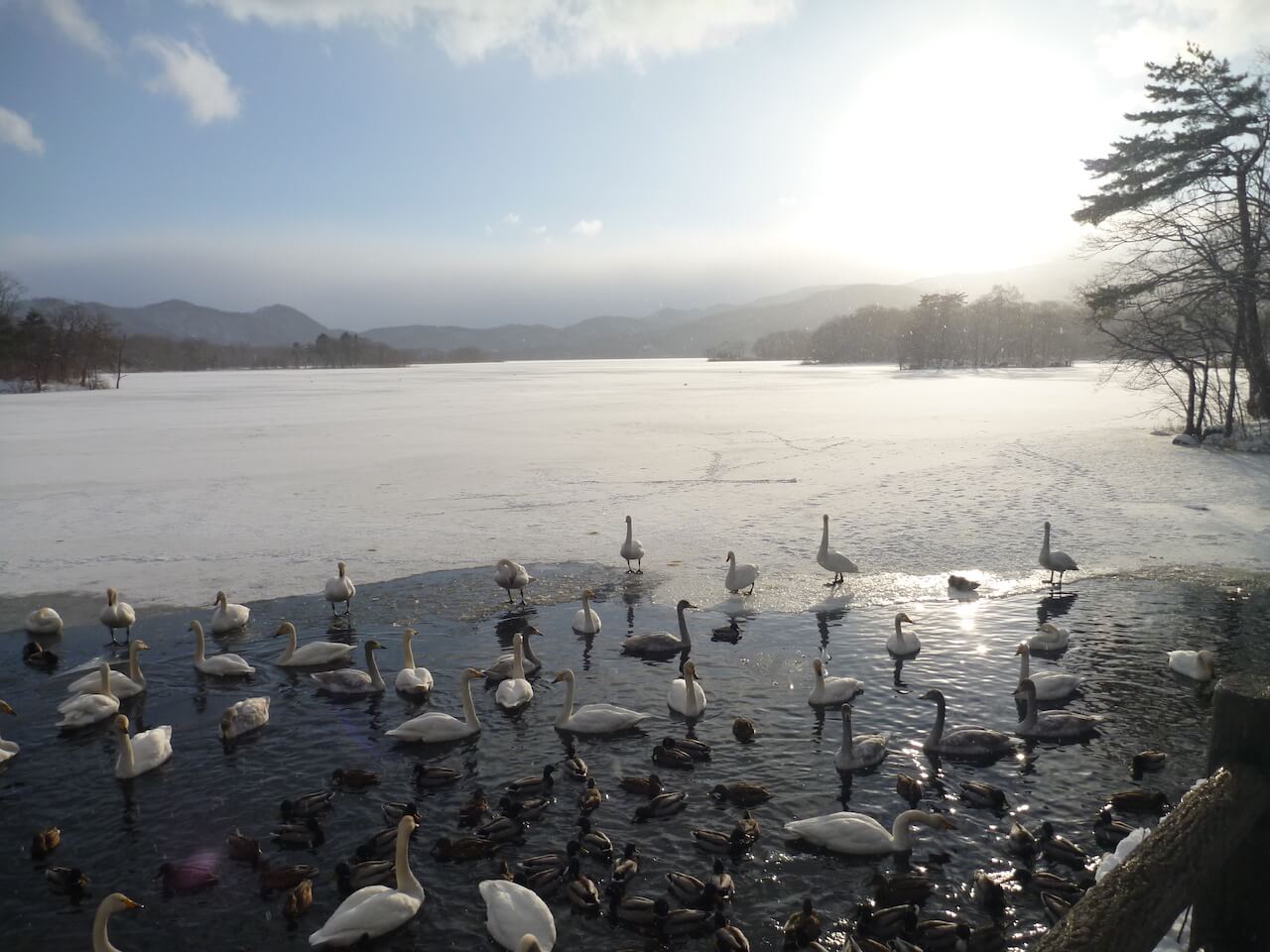
Hakuchodai-Sebatto
Hakuchodai-Sebatto is located at the corner of the Onuma Quasi-National Park, which is comprised of three lakes: Onuma, Konuma, and Junsainuma. The name sebatto comes from the Ainu language, meaning “narrow pass”. The spot itself is most famous for bird watching, as many migratory birds use it as a resting space. In season, you will be able to see whooper swan, in addition to various kinds of ducks and eagles. Specifically, the whooper swan is in the area from the end of December to the beginning of March. One word of caution though: since these are wild birds, please do not feed them!
Nishionuma, Nanaecho, Kameda, Hokkaido
http://onumakouen.com/
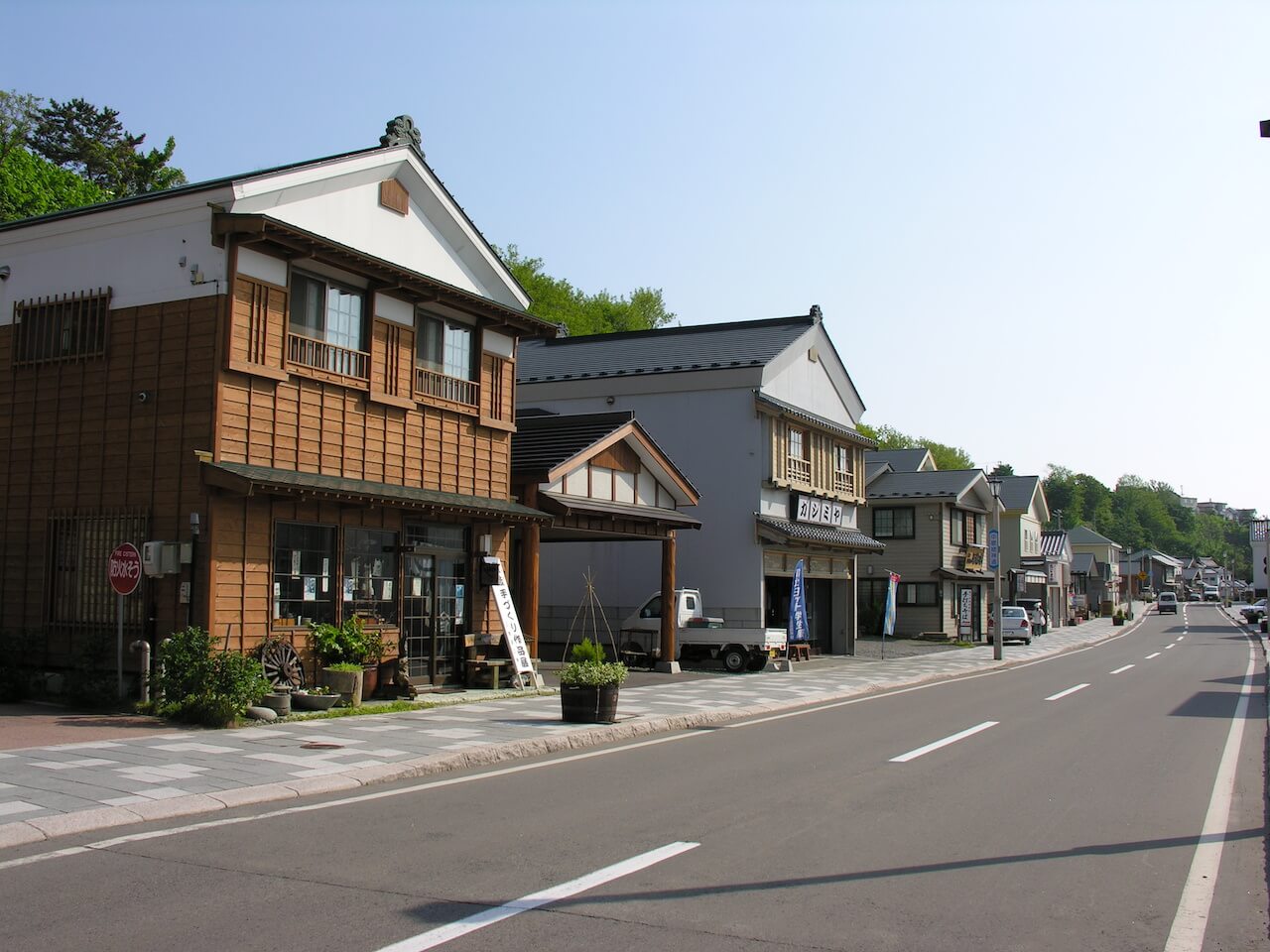
INISHIE-HIGHWAY
Esashi Town was another one of the first ports to be open for foreign trade, building upon the city’s history as a gateway to Hokkaido from the mainland of Japan. From Hakodate Station, you can take the Hakodate Bus for Esashi Town, a trip that will take around 1 hour and 40 minutes. The town is most famous for the Inishie Highway, a scenic road that features many preserved, reproduced, and restored buildings reflecting Esashi’s history as a flourishing center of hinoki cypress and herring trade. If you happen to be traveling by car, note that the Esashi-machikaishokaikan functions as a free service area, so feel free to take a break while soaking in some history.
193-1 Nakautacho, Esashicho, Hiyamagun, Hokkaido
https://esashi.town/tourism/page.php?id=80